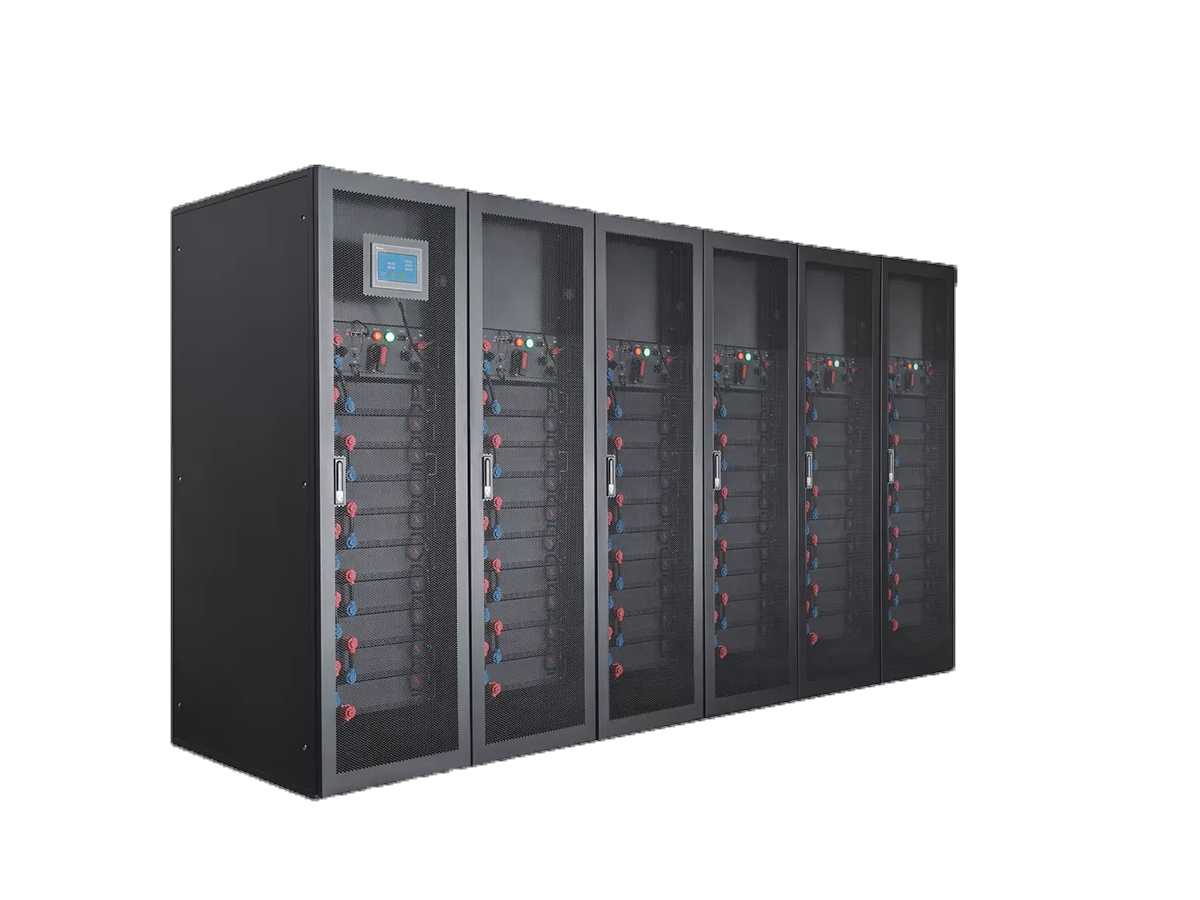- 11
- Oct
Proton flow battery system with greater energy density than lithium batteries
Australia develops a proton flow battery system with greater energy density than lithium batteries
There are already many hydrogen fuel-powered lithium battery vehicles on the market, but researchers from the Royal Melbourne Institute of Technology in Australia have put forward a concept of “proton flow battery”. If the technology can be popularized, it can expand the coverage of hydrogen-based power energy systems and make it a potential substitute for lithium-ion batteries.energy storage battery cost, Of course, unlike conventional hydrogen power systems that produce, store, and recover hydrogen, the proton flow device works more like a battery in the traditional sense.
Associate Professor JohnAndrews and his “proton flow battery system” preliminary proof of concept prototype
The traditional system electrolyzes water and separates hydrogen and oxygen, and then stores them at both ends of a fuel-powered lithium battery. When electricity is about to appear, hydrogen and oxygen are sent to the electrolyzer for chemical reactions.
However, the operation of the proton flow battery is different-because it integrates a metal hydride storage electrode on a reversible proton exchange membrane (PEM) fuel-powered lithium battery.
The size of this prototype device is 65x65x9 mm
According to John Andrews, the lead researcher of the project and associate professor of the Department of Mechanical and Manufacturing Engineering at the Royal Melbourne Institute of Technology (RMIT) School of Aerospace Engineering, “The key to innovation lies in a reversible fuel-powered lithium battery with integrated storage electrodes. We have completely eliminated the proton to gas. The whole process, and let the hydrogen go directly into the solid-state storage.”
The conversion system stores electrical energy on hydrogen and then “regenerates” electricity
The charging process does not include the process of decomposing water into hydrogen and oxygen and storing the hydrogen. In this conceptual system, the battery splits water to produce protons (hydrogen ions), and then combines electrons and metal particles on an electrode of a fuel-powered lithium battery.
Battery energy storage system design
Ultimately, energy is stored in the form of solid metal hydrides. In the reverse process, it can produce electricity (and water) and combine protons with oxygen in the air (to produce water).
“Reversible fuel-powered lithium battery” integrated with solid proton storage electrodes (X stands for solid metal atoms bound to hydrogen)
Professor Andrew said, “Because only water flows in the charging mode—only air flows in the discharging mode—we call the new system a proton flow battery. Compared with lithium-ion, proton batteries are much more economical— Because lithium needs to be mined from resources such as relatively scarce minerals, salt water or clay.”
Flow battery energy storage
The researchers said that, in principle, the energy efficiency of proton flow batteries can be comparable to lithium-ion batteries, but the energy density is much greater. Professor Andrew said, “The initial experimental results are exciting, but there is still a lot of research and development work to be done before it is put into commercial use.”
The team has built a preliminary proof-of-concept prototype with a size of only 65x65x9 mm (2.5×2.5×0.3 inches) and published it in the “International Hydrogen Energy” magazine.

